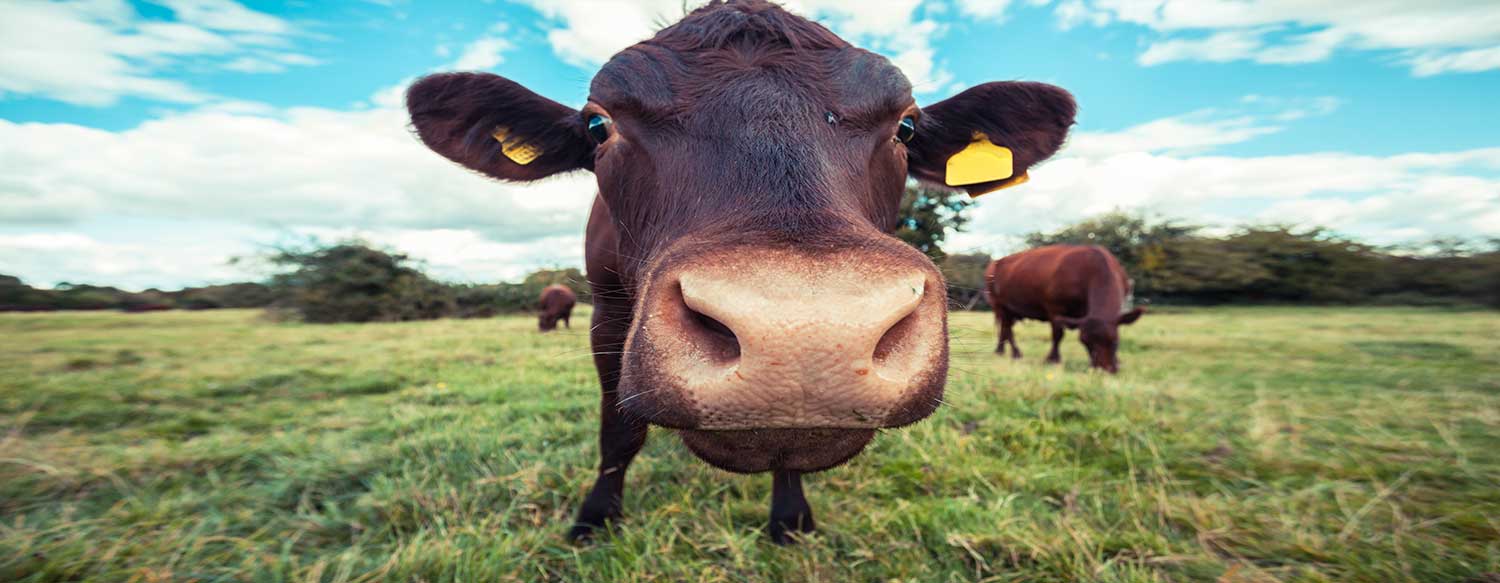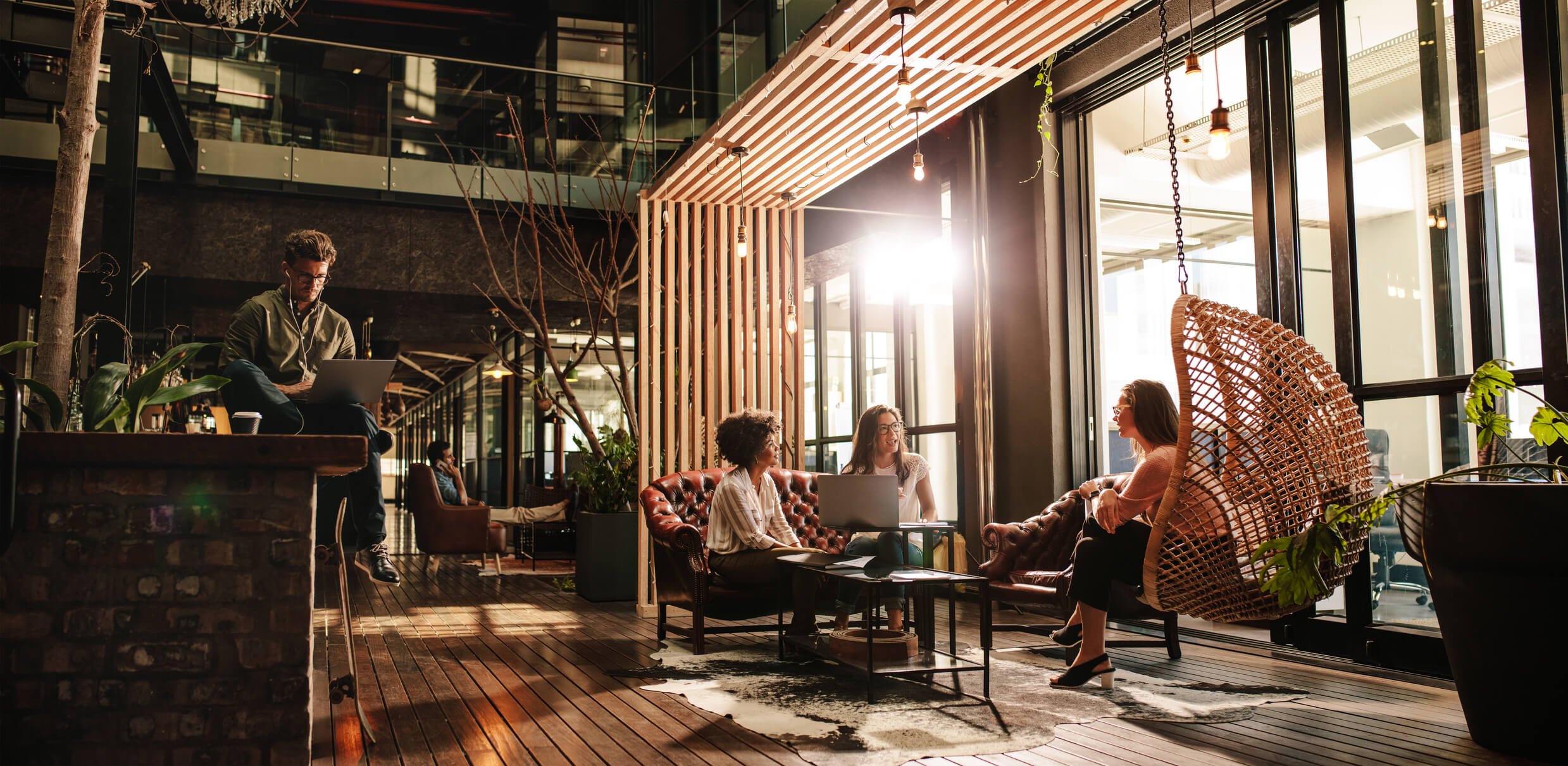 Packaging has long been a topic of discussion for supply companies that are looking to ensure that they can send their goods out in a way that is both environmentally friendly and effective for protecting their shipments.
Packaging has long been a topic of discussion for supply companies that are looking to ensure that they can send their goods out in a way that is both environmentally friendly and effective for protecting their shipments.
While there have been several materials historically used by packaging companies that want to produce effective packing products, some of these materials have drawn criticism from proponents of the environment. For example, traditional plastic bags are made using petroleum. The problem with these kinds of bags is that they can take over 1,000 years to break down, which means they can do harm to animals and plants in the wild. The production of these types of bags also uses petroleum, which is a valuable resource that also must be used in vehicles and domestic heating systems.
One potential solution to using plastic bags is a more sustainable packaging made from dairy-based films:
The Research on Dairy-Based Sustainable Packaging
There are several different choices that can be made as it relates to the production of sustainable packaging with dairy ingredients.
In 2010, the USDA reported that agricultural scientist Peggy Tomasula was leading the charge to develop biodegradable, dairy-based sustainable packaging. Tomasula’s focus was on creating films from dairy proteins, especially casein and whey. Based on her research, it may be possible to use dairy as a type of edible film that could be applied on food products to keep them as fresh as possible.
While Tomasula’s research is groundbreaking and could be leading the charge into the future of sustainable packaging, it is also important to consider the challenges of creating dairy-based films for packaging.
Obstacles of Widespread Dairy-Based Films
One of the biggest issues that researchers like Peggy Tomasula are facing as it relates to dairy-based packaging is that casein and other similar proteins are not very resistant to moisture. This could cause problems for packaging food materials and other ingredients that must stay dry while they are being shipped or sitting on store shelves.
Another issue is that many of the dairy proteins that are currently the focus of research on dairy packaging are water-soluble. This could also lead to problems relating to temperature control and the storage of foods and other goods using dairy-based packaging.
Other Options for Sustainable Packaging
Tomasula’s research is not the only project that exists to find alternative packaging solutions. Wheylayer is a European research project that is designed to help meet the global demand for environmentally friendly packaging materials while still keeping the packaging needs of sensitive materials like foods and pharmaceuticals in mind. The Wheylayer project is a partnership between seven different countries of the European Union.
Another type of sustainable packaging that is being developed is derived from polylactic acids, commonly referred to as PLAs. These packaging materials are created from natural plants like corn and soy, which makes them more environmentally friendly than the traditional petroleum-based bags. Like dairy-based packaging, this type of packaging is being created to help make sure that the environment does not suffer from bags that take thousands of years to degrade.
A Solution in Sight
While it is tough to tell exactly what the future of packaging will hold, it is important that research continues to take place in this important field. Product packaging that can help consumers protect the earth while still safeguarding the food, drugs, and other materials that the world needs should prove to be extremely valuable. While neither dairy-based nor PLA-based bags seem to be poised to break into the mainstream very soon, the potential for this kind of packaging is very exciting for the general public as well as those in the packaging industry.

About Michael Wilson
Michael Wilson is AFFLINK'S Vice President of Marketing and Communications. He has been with the organization since 2005 and provides strategic leadership for the entire supply chain team. In his free time, Michael enjoys working with the Wounded Warrior Project, fishing, and improving his cooking skills.





